Throughout history, the humble peanut has played a significant role in various cultures and cuisines. One particular variety, the Early Spanish peanut, stands out for its unique characteristics and versatility in the culinary world. With its rich flavor and crunchy texture, the Early Spanish peanut has become a favorite ingredient in many dishes, both savory and sweet.
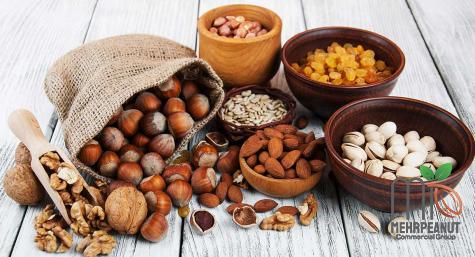
.
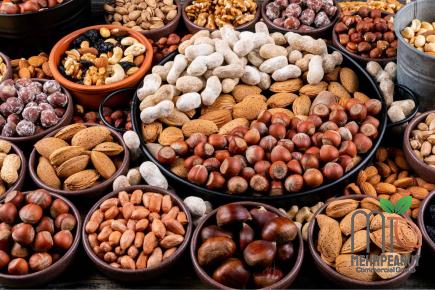 Let’s delve deeper into the origins, qualities, and uses of this remarkable legume. The Early Spanish peanut, known for its small size and oval shape, has a distinct taste that sets it apart from other peanut varieties. Its flavor is nutty and robust, with a hint of sweetness that adds depth to dishes. When roasted, Early Spanish peanuts develop a deliciously crunchy texture that enhances their overall appeal. These qualities make them a popular choice for snacking, cooking, and baking. Originating from Spain, the Early Spanish peanut has a long history that dates back centuries. Spanish explorers introduced peanuts to Europe in the 15th century, where they quickly gained popularity for their unique taste and nutritional benefits. As the peanut plant spread to different parts of the world, various cultivars emerged, each with its own distinct characteristics. The Early Spanish peanut, with its small size and rich flavor, became a staple in many cuisines. One of the key attributes of the Early Spanish peanut is its versatility in the kitchen. These peanuts can be used in a wide range of dishes, from traditional Spanish tapas to modern fusion cuisine. Roasted and salted Early Spanish peanuts make a delicious and satisfying snack on their own, providing a wholesome alternative to processed foods. Their nutty flavor also complements a variety of ingredients, making them a popular choice for salads, stir-fries, and grain bowls. In the realm of baking, Early Spanish peanuts shine as a flavorful addition to cookies, cakes, and bread. Their crunchy texture adds a delightful contrast to soft baked goods, creating a dynamic sensory experience for the palate. Whether chopped and sprinkled on top of a dessert or blended into a creamy peanut butter filling, these peanuts bring a unique twist to classic recipes. Beyond their culinary uses, Early Spanish peanuts offer a host of health benefits as well.
Let’s delve deeper into the origins, qualities, and uses of this remarkable legume. The Early Spanish peanut, known for its small size and oval shape, has a distinct taste that sets it apart from other peanut varieties. Its flavor is nutty and robust, with a hint of sweetness that adds depth to dishes. When roasted, Early Spanish peanuts develop a deliciously crunchy texture that enhances their overall appeal. These qualities make them a popular choice for snacking, cooking, and baking. Originating from Spain, the Early Spanish peanut has a long history that dates back centuries. Spanish explorers introduced peanuts to Europe in the 15th century, where they quickly gained popularity for their unique taste and nutritional benefits. As the peanut plant spread to different parts of the world, various cultivars emerged, each with its own distinct characteristics. The Early Spanish peanut, with its small size and rich flavor, became a staple in many cuisines. One of the key attributes of the Early Spanish peanut is its versatility in the kitchen. These peanuts can be used in a wide range of dishes, from traditional Spanish tapas to modern fusion cuisine. Roasted and salted Early Spanish peanuts make a delicious and satisfying snack on their own, providing a wholesome alternative to processed foods. Their nutty flavor also complements a variety of ingredients, making them a popular choice for salads, stir-fries, and grain bowls. In the realm of baking, Early Spanish peanuts shine as a flavorful addition to cookies, cakes, and bread. Their crunchy texture adds a delightful contrast to soft baked goods, creating a dynamic sensory experience for the palate. Whether chopped and sprinkled on top of a dessert or blended into a creamy peanut butter filling, these peanuts bring a unique twist to classic recipes. Beyond their culinary uses, Early Spanish peanuts offer a host of health benefits as well.
..
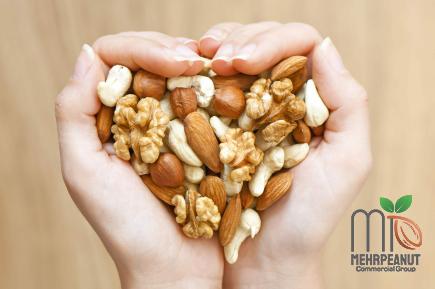 Packed with essential nutrients such as protein, fiber, and healthy fats, these legumes are a nutritious addition to any diet. They provide sustained energy, promote satiety, and support overall well-being. Incorporating Early Spanish peanuts into your meals can help you maintain a balanced and wholesome eating plan while enjoying delicious flavors. For those looking to explore the world of gourmet cooking, Early Spanish peanuts provide a perfect opportunity to elevate your dishes to the next level. Their rich flavor profile and versatile nature make them a valuable ingredient in both traditional and experimental recipes. From savory stews and sauces to decadent desserts and pastries, the possibilities are endless when it comes to incorporating these flavorful peanuts into your culinary creations. In conclusion, the Early Spanish peanut stands out as a unique and versatile ingredient that adds depth and flavor to a wide range of dishes. With its rich taste, crunchy texture, and nutritional benefits, these peanuts are a must-have in any kitchen. Whether enjoyed as a snack, used in cooking, or incorporated into baking, Early Spanish peanuts offer a delightful culinary experience that will satisfy even the most discerning palates. So why wait? Start exploring the delicious world of Early Spanish peanuts today and elevate your cooking to new heights. Discover a world of flavor and creativity with the Early Spanish peanut. This versatile legume has a rich history and a distinctive taste that make it a standout ingredient in various culinary traditions. Whether you’re a seasoned chef or a home cook looking to spice up your dishes, Early Spanish peanuts offer endless possibilities to enhance your cooking and delight your taste buds. One of the most popular ways to enjoy Early Spanish peanuts is by roasting them to perfection. The process of roasting brings out their nutty flavor and crunchy texture, making them a satisfying and wholesome snack option. Simply toss the peanuts in a bit of oil and seasoning of your choice, then spread them out on a baking sheet and roast in the oven until golden brown and fragrant. You can also experiment with different seasonings like smoked paprika, garlic powder, or a touch of honey for a unique twist on this classic snack. In addition to snacking, Early Spanish peanuts can be used to add a burst of flavor and crunch to a variety of dishes.
Packed with essential nutrients such as protein, fiber, and healthy fats, these legumes are a nutritious addition to any diet. They provide sustained energy, promote satiety, and support overall well-being. Incorporating Early Spanish peanuts into your meals can help you maintain a balanced and wholesome eating plan while enjoying delicious flavors. For those looking to explore the world of gourmet cooking, Early Spanish peanuts provide a perfect opportunity to elevate your dishes to the next level. Their rich flavor profile and versatile nature make them a valuable ingredient in both traditional and experimental recipes. From savory stews and sauces to decadent desserts and pastries, the possibilities are endless when it comes to incorporating these flavorful peanuts into your culinary creations. In conclusion, the Early Spanish peanut stands out as a unique and versatile ingredient that adds depth and flavor to a wide range of dishes. With its rich taste, crunchy texture, and nutritional benefits, these peanuts are a must-have in any kitchen. Whether enjoyed as a snack, used in cooking, or incorporated into baking, Early Spanish peanuts offer a delightful culinary experience that will satisfy even the most discerning palates. So why wait? Start exploring the delicious world of Early Spanish peanuts today and elevate your cooking to new heights. Discover a world of flavor and creativity with the Early Spanish peanut. This versatile legume has a rich history and a distinctive taste that make it a standout ingredient in various culinary traditions. Whether you’re a seasoned chef or a home cook looking to spice up your dishes, Early Spanish peanuts offer endless possibilities to enhance your cooking and delight your taste buds. One of the most popular ways to enjoy Early Spanish peanuts is by roasting them to perfection. The process of roasting brings out their nutty flavor and crunchy texture, making them a satisfying and wholesome snack option. Simply toss the peanuts in a bit of oil and seasoning of your choice, then spread them out on a baking sheet and roast in the oven until golden brown and fragrant. You can also experiment with different seasonings like smoked paprika, garlic powder, or a touch of honey for a unique twist on this classic snack. In addition to snacking, Early Spanish peanuts can be used to add a burst of flavor and crunch to a variety of dishes.
…
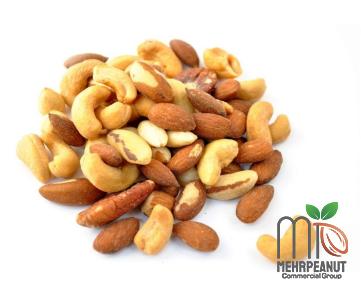 Try incorporating them into your salads for a delightful textural contrast, or use them as a topping for soups and stews to elevate the flavor profile. Their versatility allows them to complement a wide range of ingredients, from fresh herbs and vegetables to hearty grains and proteins. With a few handfuls of Early Spanish peanuts, you can transform ordinary dishes into extraordinary culinary creations. If you have a sweet tooth, don’t overlook the potential of Early Spanish peanuts in dessert recipes. These peanuts can be blended into creamy peanut butter for a decadent spread, or chopped and folded into cookie or brownie batter for an added crunch. The combination of sweet and savory flavors creates a harmonious balance that will keep you coming back for more. Whether you’re baking a batch of peanut butter cookies or whipping up a batch of peanut butter fudge, Early Spanish peanuts are sure to be a star ingredient in your sweet treats. For those looking to explore the world of international cuisine, Early Spanish peanuts offer a gateway to new and exciting flavors. Incorporate them into traditional Spanish dishes like tapas or paella for an authentic touch, or experiment with fusion recipes that blend different culinary influences. The nutty taste of Early Spanish peanuts pairs well with bold spices and aromatic herbs, making them a versatile ingredient that can enhance a wide range of global dishes. Furthermore, the nutritional benefits of Early Spanish peanuts make them a wise choice for those seeking a healthy and balanced diet. These legumes are rich in protein, fiber, and essential vitamins and minerals, making them a nutrient-dense addition to your meals. They provide a sustainable source of energy and can help keep you feeling full and satisfied throughout the day. Whether you’re following a strict dietary plan or simply looking to improve your overall well-being, incorporating Early Spanish peanuts into your diet can be a smart and delicious choice. In conclusion, the Early Spanish peanut offers a unique and flavorful experience that can elevate your cooking to new heights. From snacking to baking, this versatile ingredient has something to offer for every palate and culinary style. Embrace the rich history and distinctive taste of Early Spanish peanuts and let your creativity run wild in the kitchen. With their nutty flavor, crunchy texture, and endless culinary possibilities, these legumes are sure to become a staple in your pantry. So why not embark on a culinary adventure today and discover the magic of Early Spanish peanuts for yourself?
Try incorporating them into your salads for a delightful textural contrast, or use them as a topping for soups and stews to elevate the flavor profile. Their versatility allows them to complement a wide range of ingredients, from fresh herbs and vegetables to hearty grains and proteins. With a few handfuls of Early Spanish peanuts, you can transform ordinary dishes into extraordinary culinary creations. If you have a sweet tooth, don’t overlook the potential of Early Spanish peanuts in dessert recipes. These peanuts can be blended into creamy peanut butter for a decadent spread, or chopped and folded into cookie or brownie batter for an added crunch. The combination of sweet and savory flavors creates a harmonious balance that will keep you coming back for more. Whether you’re baking a batch of peanut butter cookies or whipping up a batch of peanut butter fudge, Early Spanish peanuts are sure to be a star ingredient in your sweet treats. For those looking to explore the world of international cuisine, Early Spanish peanuts offer a gateway to new and exciting flavors. Incorporate them into traditional Spanish dishes like tapas or paella for an authentic touch, or experiment with fusion recipes that blend different culinary influences. The nutty taste of Early Spanish peanuts pairs well with bold spices and aromatic herbs, making them a versatile ingredient that can enhance a wide range of global dishes. Furthermore, the nutritional benefits of Early Spanish peanuts make them a wise choice for those seeking a healthy and balanced diet. These legumes are rich in protein, fiber, and essential vitamins and minerals, making them a nutrient-dense addition to your meals. They provide a sustainable source of energy and can help keep you feeling full and satisfied throughout the day. Whether you’re following a strict dietary plan or simply looking to improve your overall well-being, incorporating Early Spanish peanuts into your diet can be a smart and delicious choice. In conclusion, the Early Spanish peanut offers a unique and flavorful experience that can elevate your cooking to new heights. From snacking to baking, this versatile ingredient has something to offer for every palate and culinary style. Embrace the rich history and distinctive taste of Early Spanish peanuts and let your creativity run wild in the kitchen. With their nutty flavor, crunchy texture, and endless culinary possibilities, these legumes are sure to become a staple in your pantry. So why not embark on a culinary adventure today and discover the magic of Early Spanish peanuts for yourself?
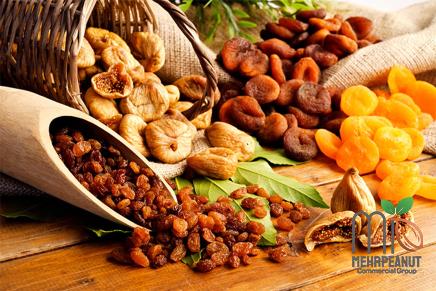
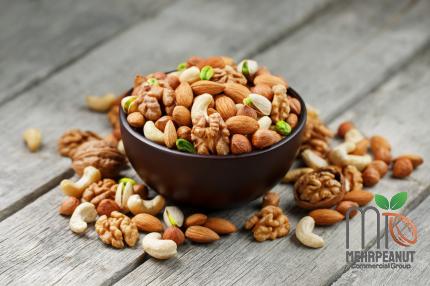

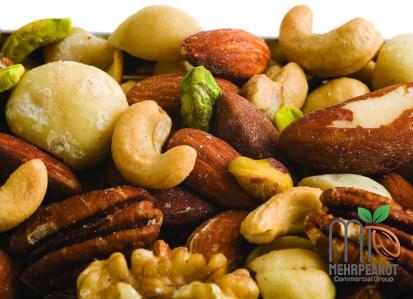
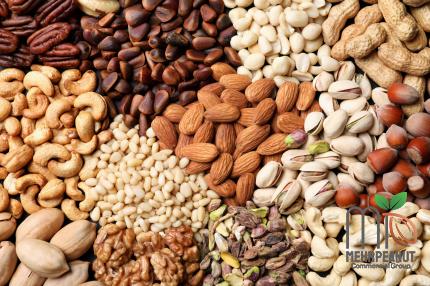
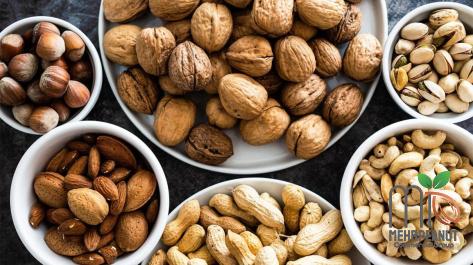
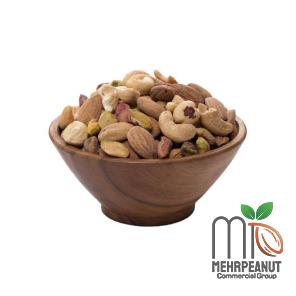
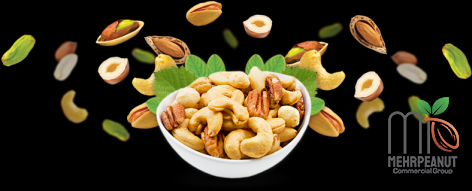
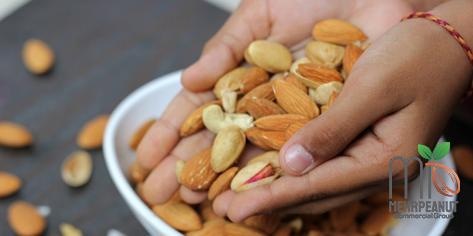
Your comment submitted.